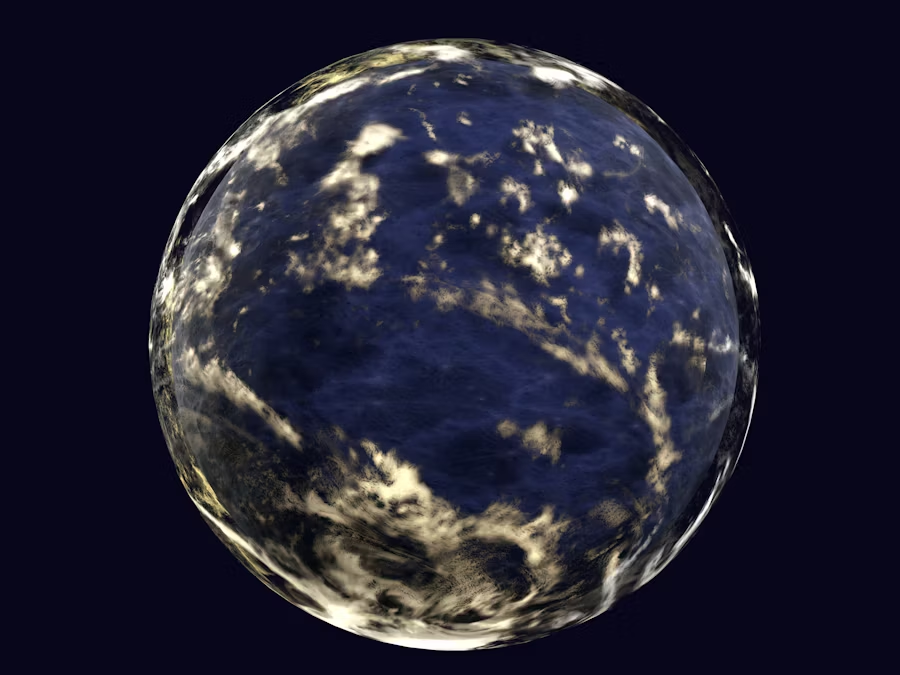This week in our series on good sources of climate data we pay tribute to the work of Professor John Christy and Dr. Roy Spencer of the University of Alabama-Huntsville, who in 1989 figured out a way to use data from microwave monitors on NASA satellites to generate a precise global atmospheric temperature record beginning in 1979. It was a major achievement that earned them NASA’s Medal for Exceptional Scientific Achievement and a Special Commendation from the American Meteorological Society. But it also earned them decades of controversy because the darned satellites don’t show much warming, at least compared to what climate models say should be happening if the climate is as sensitive to greenhouse gases as the modelers claim. The Spencer-Christy data set has been an incredibly important reality check on alarmists inside and outside the scientific community, and despite various efforts to discredit it over the years, their method has withstood many challenges and has been validated independently by other data sets, including observations from weather balloons.
You can see the Spencer-Christy data at the University of Alabama website. It is updated monthly and shows both the current average temperature conditions and the global average changes over time. Here is what February 2023 looks like:

These are the readings for the lower troposphere, basically the part of the atmosphere from just above the surface to about 6 km up. And the colours show deviations from the average over the past 30 years, with white meaning no change from average, yellow a bit warmer and blue a bit cooler. So if you live in eastern North America you can see the warm conditions that prevailed in February. But move west or north and there’s the cold air. The average for the globe as a whole is barely above zero, as shown in the time series plot:

Compared to the 1980s the last 20 years have been warmer. The problem, as shown by Christy and economist Ross McKitrick in 2020, is that the warming is very small compared to what all the climate models say should have happened. Indeed it’s so small that at this rate climate change will be a big nothing over the coming century. In a world with contaminated surface data and overheated models, the weather satellite record has been a tremendous way of injecting objectivity and sanity in the climate discussion.
Which is cool. If you want to dig into the numbers for yourself they are here.



I see Australia is shown as no change. Our BOM (Bureau of Meteorology) been telling us for years that we are warming faster than the world. (LOL) I know every country says the same thing.
Anyway, would our BOM scientists lie to us to keep the money rolling?